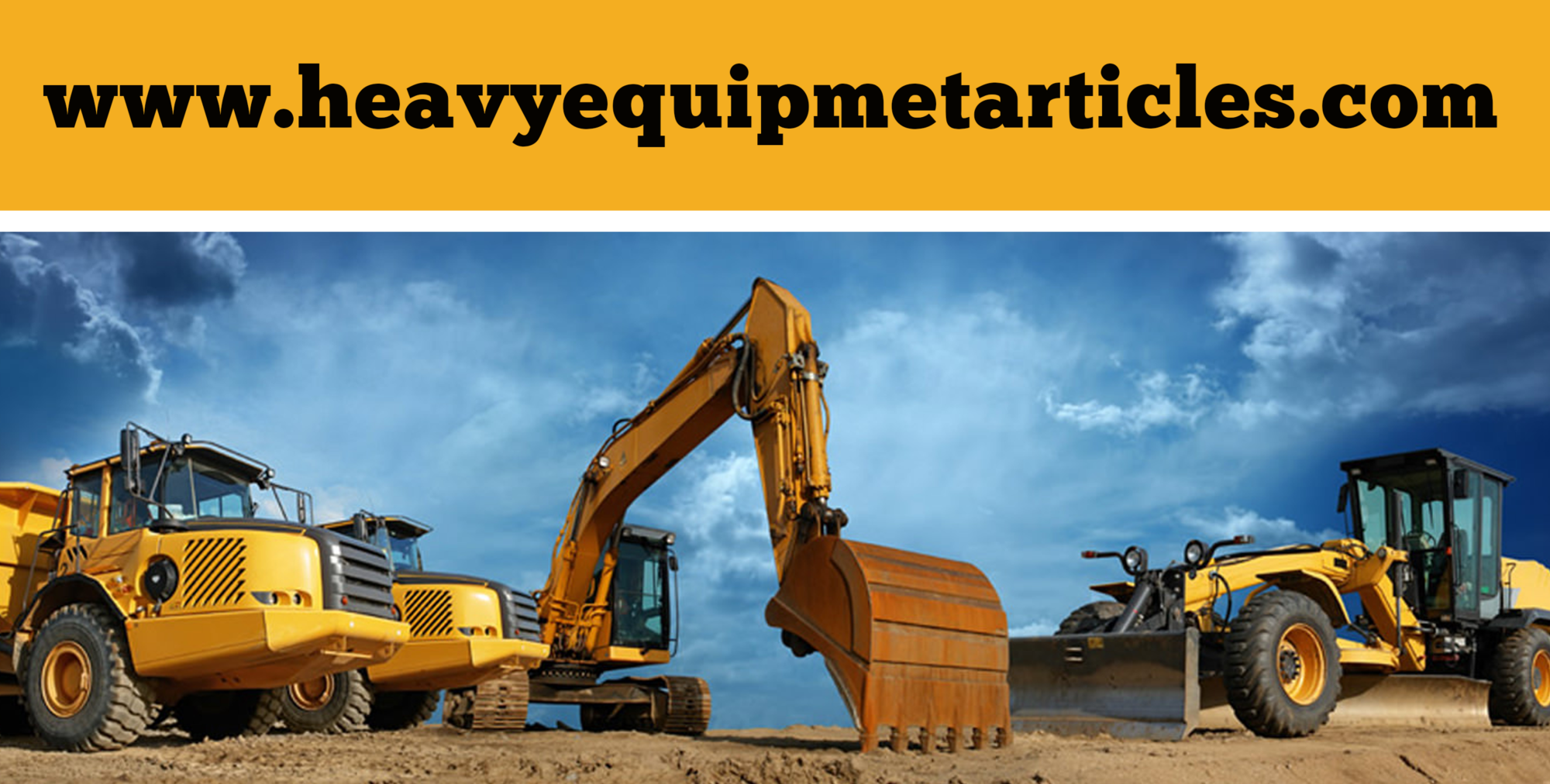Podcast: Play in new window | Download | Embed
Subscribe: Apple Podcasts | RSS
It is very important to know when you need a new undercarriage. Nearly 20 percent of the purchase price of the crawler is due to the undercarriage. While approximately 50percent of your repairing cost will be wasted in repairing it. From this data, you surely have a clear idea of how vital role undercarriage does play in maintaining the life of your equipment. Although wear cannot be bumped off, but getting the certified parts of the undercarriage makes it running strong.
When should one need a new undercarriage?
- Idlers is also called “Track Tensioner” as it keeps the track in right angle. De-tracking, reduced stability, absence of track tension, loosening of wheel between mounting arms and accelerated track wear are the signs which show that the idler of the undercarriage is getting damage. This is the proper time of having a new undercarriage.
- Rollers (another important part) are of two types- bottom rollers and upper rollers. Bottom rollers support the machine’s weight through the track. Whereas the upper rollers carry the chain in its proper angle. Grinding noises, oil leaking from the rollers, sudden sideways movement when the rollers starts to rotate are the signs that indicate the damage of your roller and you should get a new one.
- Sprockets are used to transmit motion and act as a profiled wheel. When the tips of the sprocket looks like the waved caps, grinding noises comes out, the binding of the teeth to the sprocket centre worn down and complete tear out of the metal happens, then it is the time to change the sprocket of your undercarriage.
However, routine check of oil levels of the machine, greasing the parts of undercarriage properly and unobstructed the undercarriage from rocks and debris definitely keep the undercarriage in good condition for a long time.
How to select the standard undercarriage?
- Weight of the machine:- The size of the undercarriage heavily depends on the weight of the machine(though this is not applicable in the case of crawler tractor).OEM applications having slow speed i.e.3.5mph or even less than that are best served by Hydraulic Excavator (HEX). On the other hand, applications with more than 3.5mph speed are best carried out by crawler tractor’s arrangements.
- Application of the machine: – The distance of the track gauge should be at least 60 percent of the track’s length on the ground.
- Desired life of the undercarriage: – The life of the undercarriage is decided by the normal and maximum speed operating, operating environment and the quality of the job function. If your machine works in a reverse direction for most of the time, the track should also be reversed for maximum life of the component.
To buff up your business, you should have an undercarriage that can withstand the wear and tear and empower your machine to face any kind of operational challenges. The above said points will definitely aid in lowering operating cost, prolonging service life and great value.
